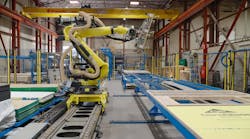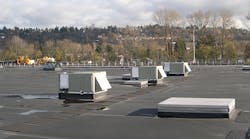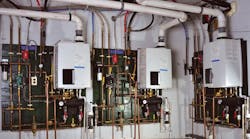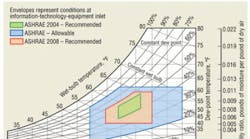In a recent news item found on the Fierce Energy website, author Barbara Vergetis Lundin reports that a year-long study shows commercial buildings could cut their heating and cooling electricity use by an average of 57 percent with advanced energy efficiency controls.
Fierce Energy is a website dedicated to providing news to energy industry execuutives.
The study was conducted of controls being used at malls, grocery stores, and other commercial buildings across the country. It showed that higher energy savings are being acheived than what was predicted in computerized simulationsearlier by the same researchers.
In Lundin's article, she quotes the study's lead researcher, Srinivas Katipamula of the Department of Energy's Pacific Northwest National Laboratory (PNNL) as saying, ""We've long known that heating and cooling are among the biggest energy consumers in buildings, largely because most buildings don't use sophisticated controls. But our tests of controls installed at real, working commercial buildings clearly demonstrate how much more energy efficient air conditioning systems can be."
According to the story, PNNL researchers set out in 2011 to enable packaged HVAC units to automatically adjust their operations based on conditions inside and outside a building. Using sensors and variable-speed motors, the controls decide when and how fast ventilation fans should run, and if the units can use naturally cold air from the outside instead of mechanically cooling indoor air.
The next year they retrofitted commercially-available control kits on more than 50 rooftop HVAC units — chosen because they so closely resembled the advanced controls PNNL researchers imagined — on eight volunteer buildings in four states.
Their results: compared to standard operations, the HVAC equipment using advanced controls cut their energy consumption by 57%!












